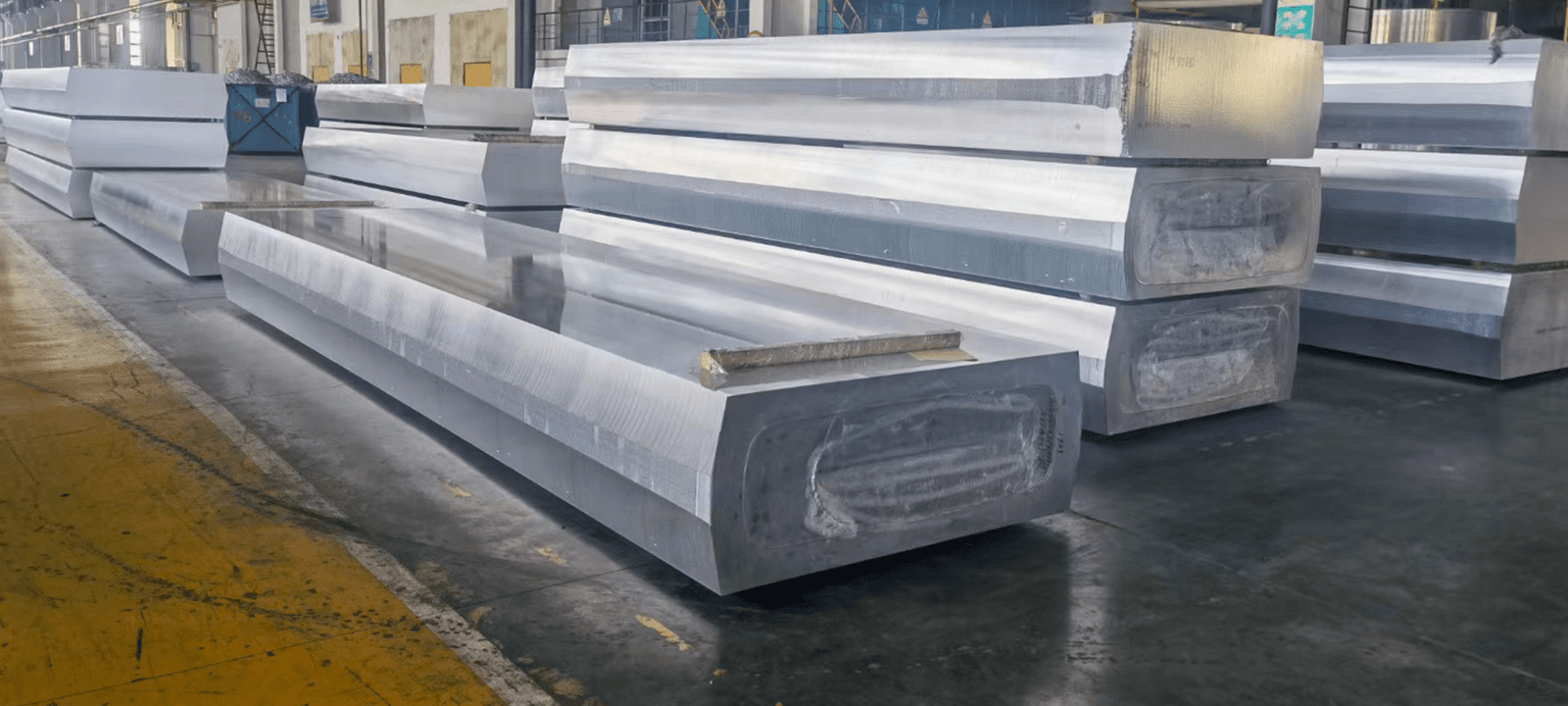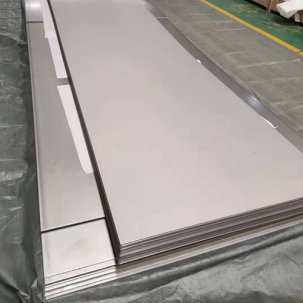Aluminum is a metal element, silver-white, and its chemical element symbol is Al. In the crust of Earth, the content of aluminum is after oxygen and silicon, ranking third. Aluminum has a low density of 2.7 g/cm³, which is about 1/3 of the density of steel and copper, so it is called light metal. Aluminum is a non-ferrous metal with high output and usage in the world, second only to steel. In the metal category, it is the second-largest category of metals.
Because aluminum has a variety of excellent performances, aluminum and aluminum alloys have a wide range of applications. For example, aluminum is low density and light, and we always use them to manufacture trains, subways, cars, airplanes, ships, rockets, and other vehicles from sea, land, and air forces to reduce its own weight and increase the loads. Similarly, aluminum also plays an important role in military applications.
Virgin aluminum is the liquid aluminum produced by the industrial aluminum electrolytic cell. After purification, clarification, and slag removal, the commercial aluminum ingot cast, aluminum purity is generally not more than 99.8%. The main raw material of virgin aluminum is aluminum oxide, which is the main raw material and metal for the processing of aluminum products.
There are five types of virgin aluminum produced in China:
● Special No. 1 aluminum (Al-00),
● Special No. 2 aluminum (Al-0),
● No. 1 aluminum (Al-1),
● No. 2 aluminum (Al-2)
● No. 3 aluminum (Al-3).
Electrolytic aluminium is a method of smelting metal aluminum. Aluminium oxide is used as the raw material of electrolytic aluminum. A large current is used to decompose the aluminum oxide into metal aluminum in the electrolytic cell.
Aluminum ingot ( also called aluminium pig) is produced by electrolysis using aluminium oxide-cryolite. Based on the national standard (GB/T 1196-2008), it should be called “Unalloyed Aluminium Ingots for Remelting”, but everyone always calls it “aluminum ingot” regularly.
After industrial application, it is mainly divided into two categories: cast aluminum alloy and wrought aluminum alloy.
Aluminum ingots have 8 different grades according to chemical composition, they are Al99.90, Al99.85, Al99.70, Al99.60, Al99.50, Al99.00, Al99.7E, Al99.6E” (Remark: The number after alphabet “Al“ is showing the percent of the aluminum purity). The aluminum called “A00” is actually aluminum with a purity of 99.7%, which is called “standard aluminum” in the London market.
Aluminum ingots are divided into three types according to their composition:
Unalloyed Aluminium Ingots for Remelting, High purity aluminum ingots, and aluminum alloy ingots; according to their shape and size, they can be divided into bar ingots, round ingots, slab ingots, T-shaped ingots, etc.
Aluminium oxide is a high-hardness chemical compound and stable oxide of aluminum. Al2O3 is its chemical formula. It has a melting point of 2054°C and a boiling point of 2980°C. It is also called bauxite in mining, ceramics, and material science.
There are many different crystals of Al2O3. There are more than 10 known crystals at present, But, mainly there are 3 different crystal types, their names are γ-Al2O3, β-Al2O3, and α-Al2O3. The structure and the properties are very different among them, which are almost completely converted into α-Al2O3 at a high temperature above 1300℃.





